 2017 Honda Avancier II Dimensions, Size & Specs
2017 Honda Avancier II Dimensions, Size & SpecsMeasurements of the 2017 Honda Avancier II, engineered for optimal performance and comfort
| Dimensions | |
|---|---|
| Length: | 4816 mm189.6 in15.8 ft |
| Width: | 1942 mm76.5 in6.4 ft |
| Height: | 1669 mm65.7 in5.5 ft |
| Trunk Capacity: | 510 liter18.0 cu ft |
| Weight Specifications | |
| Curb Weight: | 1708-1866 kg3765-4114 lbs |
| Tire Specifications | |
| Rims Size: | 19-inch rims:
|
| Tire Size: |
|
The Honda Avancier II, produced between 2016 and 2020 for the 2017 model year, is a mid-size SUV designed to balance spaciousness with sporty styling. In terms of exterior dimensions, the Avancier II measures 4816 mm (189.6 inches) in length, 1942 mm (76.5 inches) in width, and stands 1669 mm (65.7 inches) tall, providing a commanding road presence while maintaining maneuverability in urban environments. The vehicle's curb weight ranges between 1708 and 1866 kg (3765 to 4113 lbs), reflecting its solid build and premium features. It rides on 19-inch rims sized at 8J x 19, paired with tires sized 245/55 R19, which help deliver a smooth and stable driving experience. Despite its sporty proportions, the Avancier II offers practical functionality with a luggage capacity of 510 liters (18 cubic feet), enough to accommodate daily needs or weekend trips. Overall, the Honda Avancier II blends stylish design, comfortable space, and reliable SUV performance, making it a compelling choice in its segment.
Discover the standout features that make the 2017 Honda Avancier II a leader in its class
Have a question? Please check our knowledgebase first.
The Honda Avancier II, produced from 2016 to 2020, features a length of 4816 mm (189.6 inches), a width of 1942 mm (76.5 inches), and a height of 1669 mm (65.7 inches). These dimensions position the Avancier II comfortably within the mid-to-large SUV segment, providing ample exterior presence on the road while maintaining manageable proportions for urban driving and parking.
The Honda Avancier II has a curb weight ranging from 1708 kg to 1866 kg (3765 to 4114 lbs). The curb weight considers the vehicle with standard equipment, fluids, and typically a full tank of fuel. This weight range reflects its robust SUV build, contributing to a stable and confident ride. While a heavier weight may slightly affect fuel economy compared to lighter vehicles, it generally enhances ride comfort and safety by providing structural solidity.
The Honda Avancier II offers a luggage capacity of 510 liters (approximately 18 cubic feet). This cargo volume is quite practical for an SUV of its size, suitable for everyday errands, grocery shopping, and accommodating luggage for family trips. The spacious cargo area can typically be expanded by folding down rear seats, providing additional flexibility for transporting larger items or equipment during vacations or outdoor activities.
The Honda Avancier II is equipped with 8J x 19 inch rims paired with 245/55 R19 tires. These 19-inch wheels, combined with relatively wide 245 mm tires, contribute to a balanced driving experience by enhancing grip and stability. They help improve cornering performance and road holding while ensuring a comfortable ride by absorbing minor road irregularities. Larger rims and tires typically also add to the SUV’s rugged and premium appearance.
With a length of 4816 mm (189.6 inches or around 4.8 meters) and a width of 1942 mm (76.5 inches or about 1.94 meters), the Honda Avancier II generally fits into a standard residential garage, which typically measures around 5 to 6 meters (16 to 20 feet) deep and at least 2.4 meters (8 feet) wide. However, tight garages or those with limited space on the sides might require careful maneuvering due to its width. Its height of 1669 mm (65.7 inches) is not a concern for standard garage door heights.
While exact interior dimensions like headroom, legroom, and shoulder room are not specified here, the Honda Avancier II, given its exterior size and SUV class, offers spacious passenger accommodations for five adults with ample comfort. Its width of 1942 mm (76.5 inches) suggests good shoulder room, and the height of 1669 mm (65.7 inches) ensures comfortable headroom. In comparison to other mid-size SUVs, the Avancier II stands out for balancing roomy cabin space with a sleek exterior design, enhancing both comfort and style.
The Honda Avancier II, introduced in 2016 as a 2017 model, generally offers an increased size footprint compared to the earlier first-generation Avancier. It features a longer length at 4816 mm (189.6 inches) and a wider stance at 1942 mm (76.5 inches), providing enhanced interior space and a more commanding road presence. Height remains competitive at 1669 mm (65.7 inches). These dimensional changes contribute to improved passenger comfort, cargo capacity, and overall road stability, marking a significant evolution over the previous generation.
The Honda Avancier II slots into the competitive mid-to-large SUV segment, where it compares favorably in size with rivals like the Toyota Highlander, Mazda CX-9, and Ford Edge. Its length of 4816 mm (189.6 inches) and width of 1942 mm (76.5 inches) position it near the upper range in terms of exterior dimensions, offering spacious interiors and substantial cargo capacity. Its design emphasizes a modern, stylish aesthetic combined with SUV robustness, making it attractive for buyers seeking both functionality and upscale appearance.
Despite its size, the Honda Avancier II is designed with urban usability in mind. With a length under 4.9 meters (16 feet) and a width under 2 meters (6.4 feet), it remains manageable for city driving and parking in moderately sized spaces. Drivers should be mindful of its width when parking in tight spots or narrow city streets. The combination of advanced driver aids and its moderate height help to enhance visibility and maneuvering, making it better suited to urban environments than some larger SUVs.
The curb weight variation between 1708 kg and 1866 kg (3765 to 4114 lbs) in the Honda Avancier II primarily results from different trim levels, equipment packages, and optional features. Higher trims may add luxury amenities, larger wheels, or additional safety tech, all contributing to increased weight. The type of drivetrain (e.g., all-wheel drive vs. front-wheel drive) can also affect weight. These factors influence fuel economy and handling slightly but are balanced to maintain strong performance and ride quality across the lineup.
Discover similar sized cars.
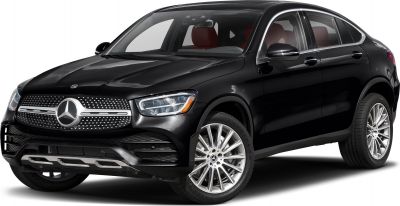
| Production: | 2019-2023 |
|---|---|
| Model Year: | 2020 |
| Length: | 4731-4749 mm186.3-187.0 in |
| Width: | 2096 mm82.5 in |
| Height: | 1578-1600 mm62.1-63.0 in |
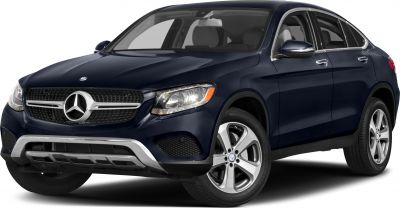
| Production: | 2016-2019 |
|---|---|
| Model Year: | 2016 |
| Length: | 4732-4745 mm186.3-186.8 in |
| Width: | 2096 mm82.5 in |
| Height: | 1578-1602 mm62.1-63.1 in |

| Production: | 2019-2023 |
|---|---|
| Model Year: | 2019 |
| Length: | 4762 mm187.5 in |
| Width: | 2096 mm82.5 in |
| Height: | 1624 mm63.9 in |
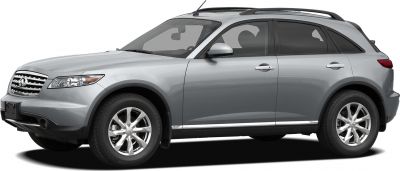
| Production: | 2006-2008 |
|---|---|
| Model Year: | 2006 |
| Length: | 4803 mm189.1 in |
| Width: | 1925 mm75.8 in |
| Height: | 1674 mm65.9 in |
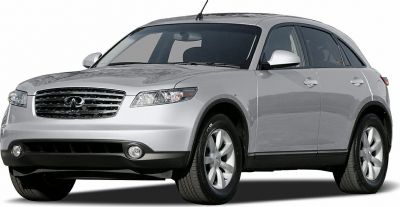
| Production: | 2003-2006 |
|---|---|
| Model Year: | 2003 |
| Length: | 4803 mm189.1 in |
| Width: | 1925 mm75.8 in |
| Height: | 1651-1674 mm65.0-65.9 in |

| Production: | 2021-present |
|---|---|
| Model Year: | 2022 |
| Length: | 4732 mm186.3 in |
| Width: | 1902 mm74.9 in |
| Height: | 1621 mm63.8 in |
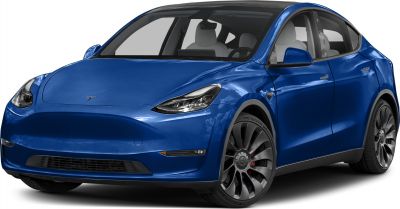
| Production: | 2020-2025 |
|---|---|
| Model Year: | 2020 |
| Length: | 4751 mm187.0 in |
| Width: | 2129 mm83.8 in |
| Height: | 1624 mm63.9 in |
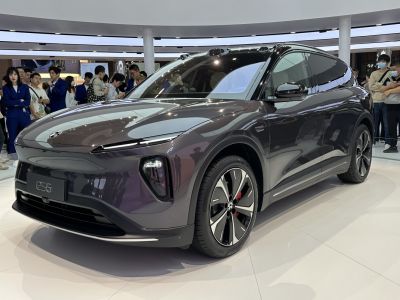
| Production: | 2023-present |
|---|---|
| Model Year: | 2023 |
| Length: | 4854 mm191.1 in |
| Width: | 1995 mm78.5 in |
| Height: | 1703 mm67.0 in |
